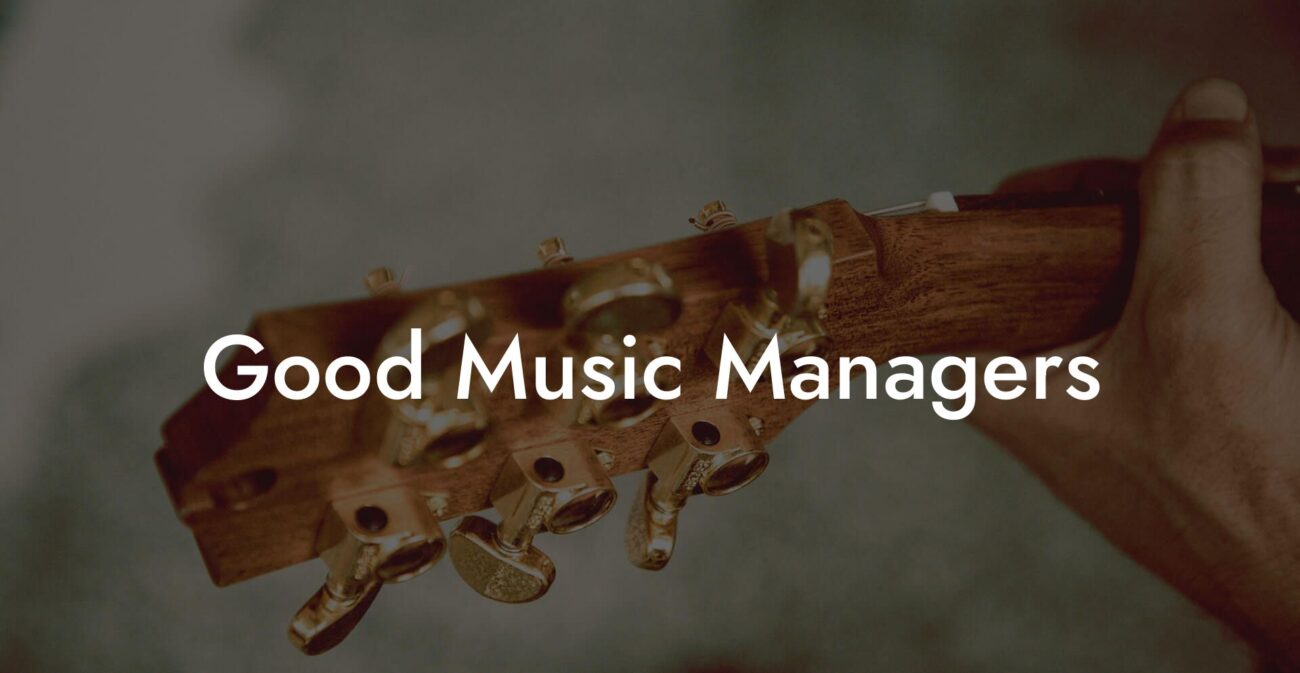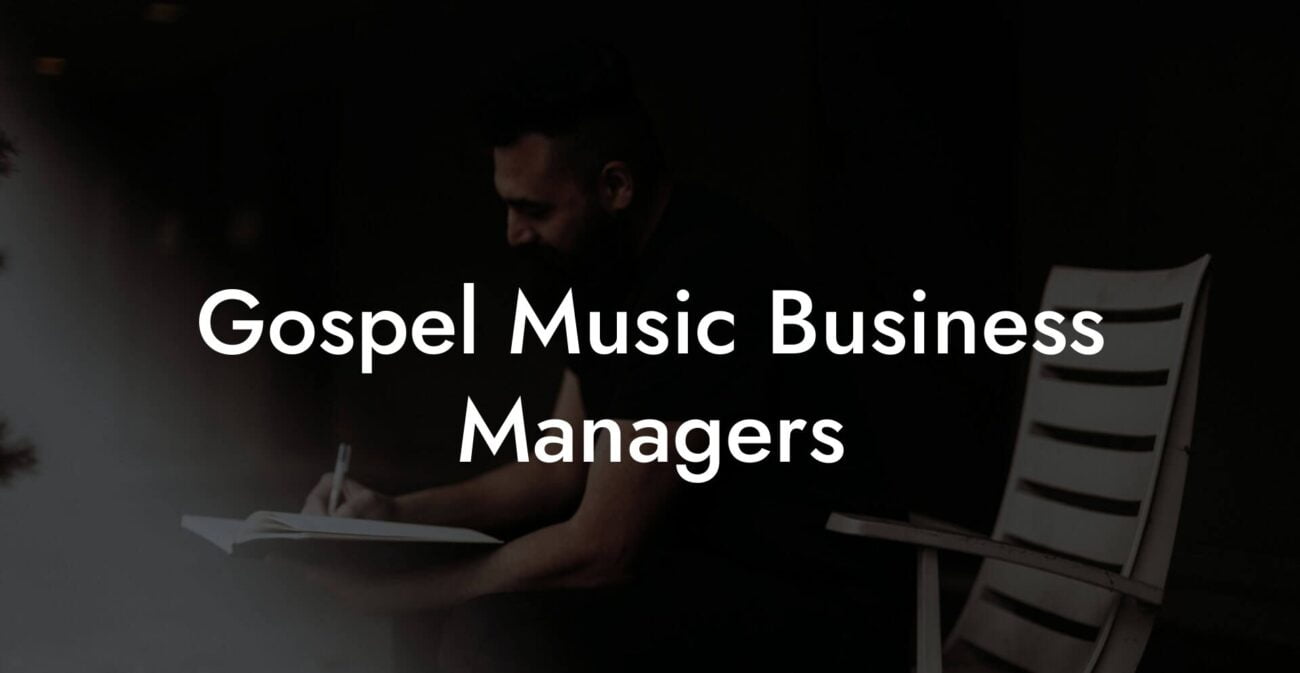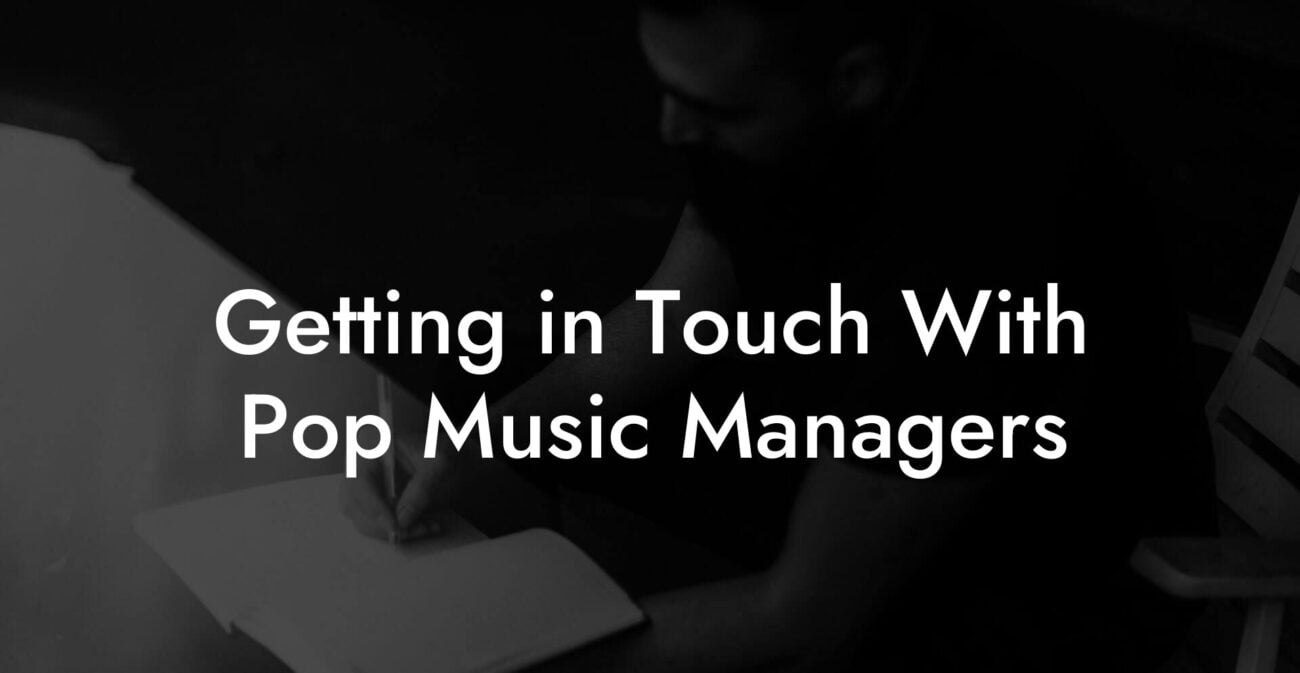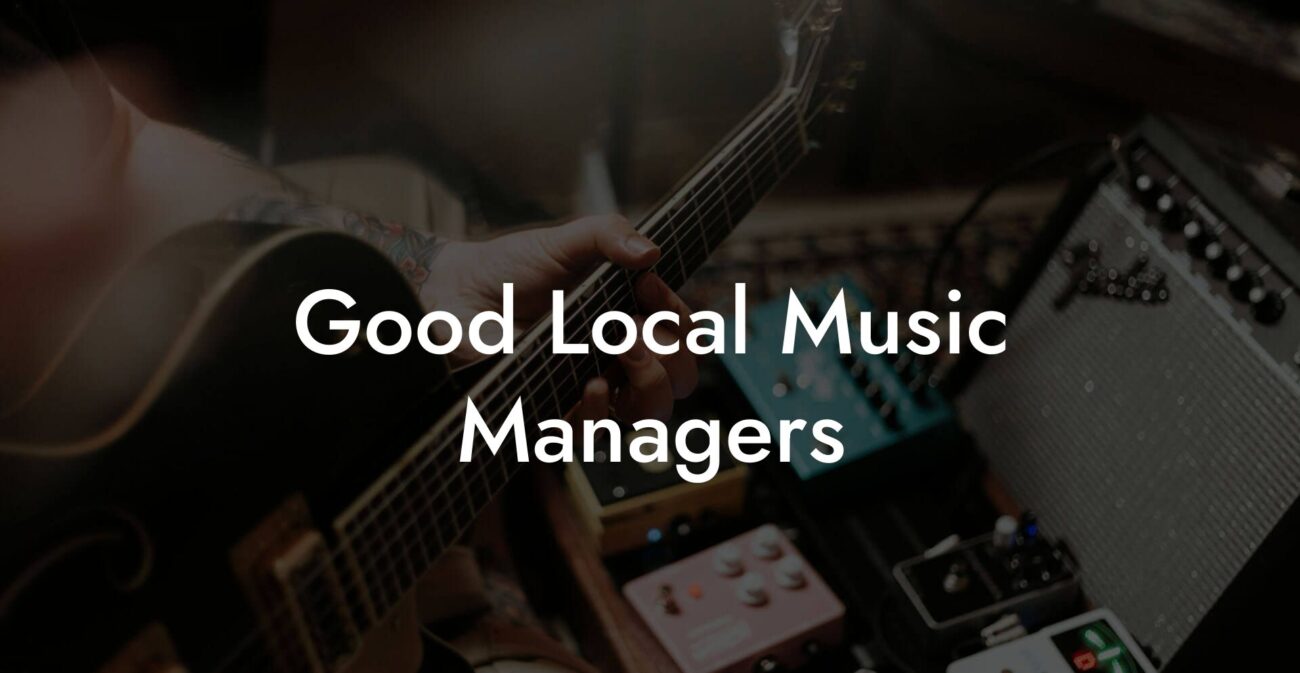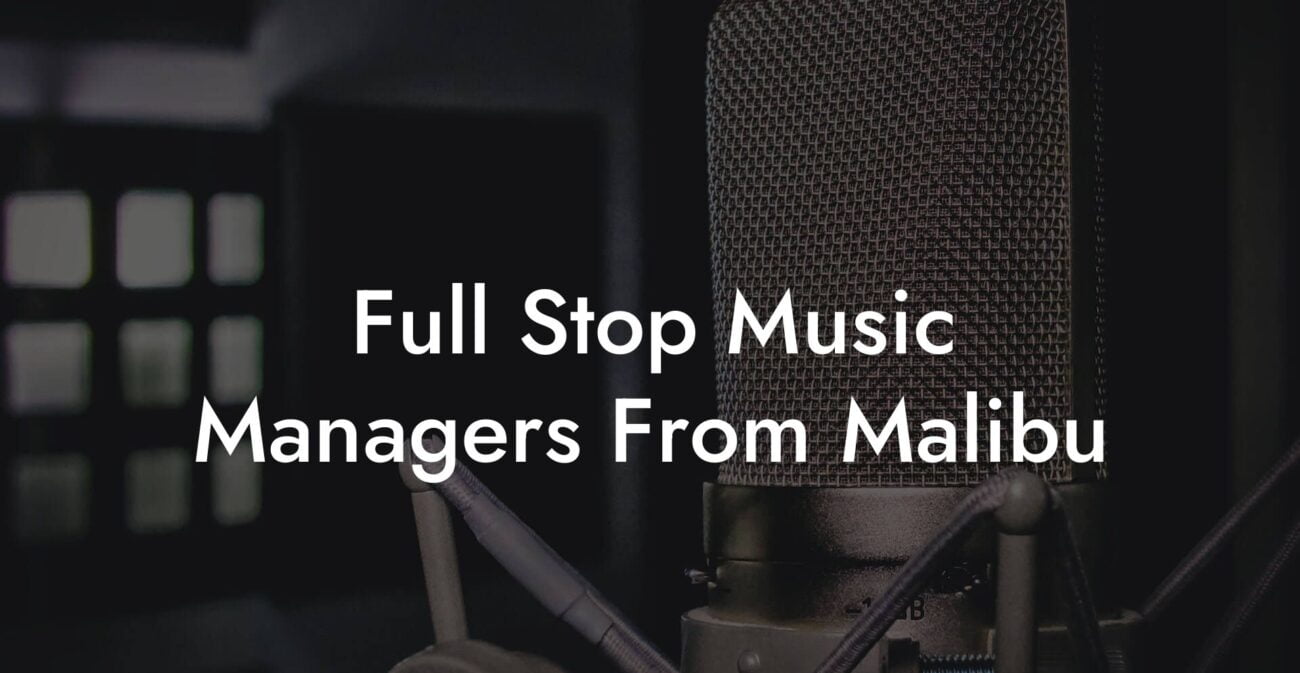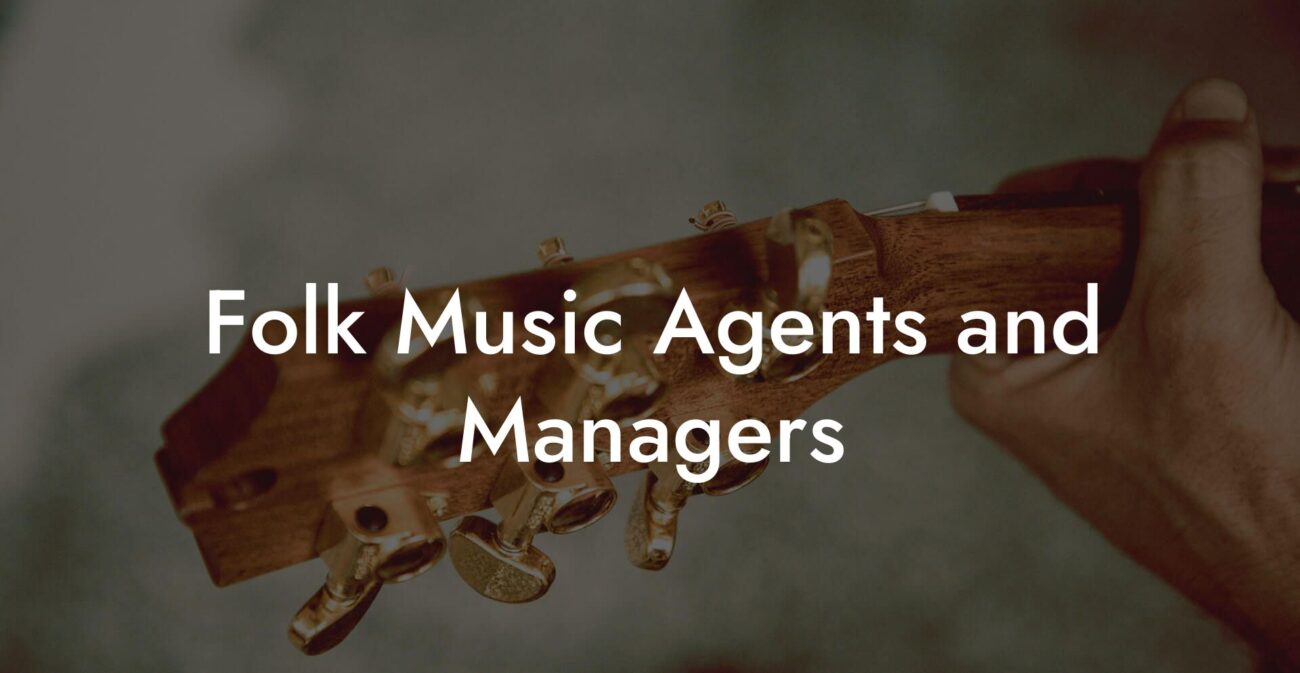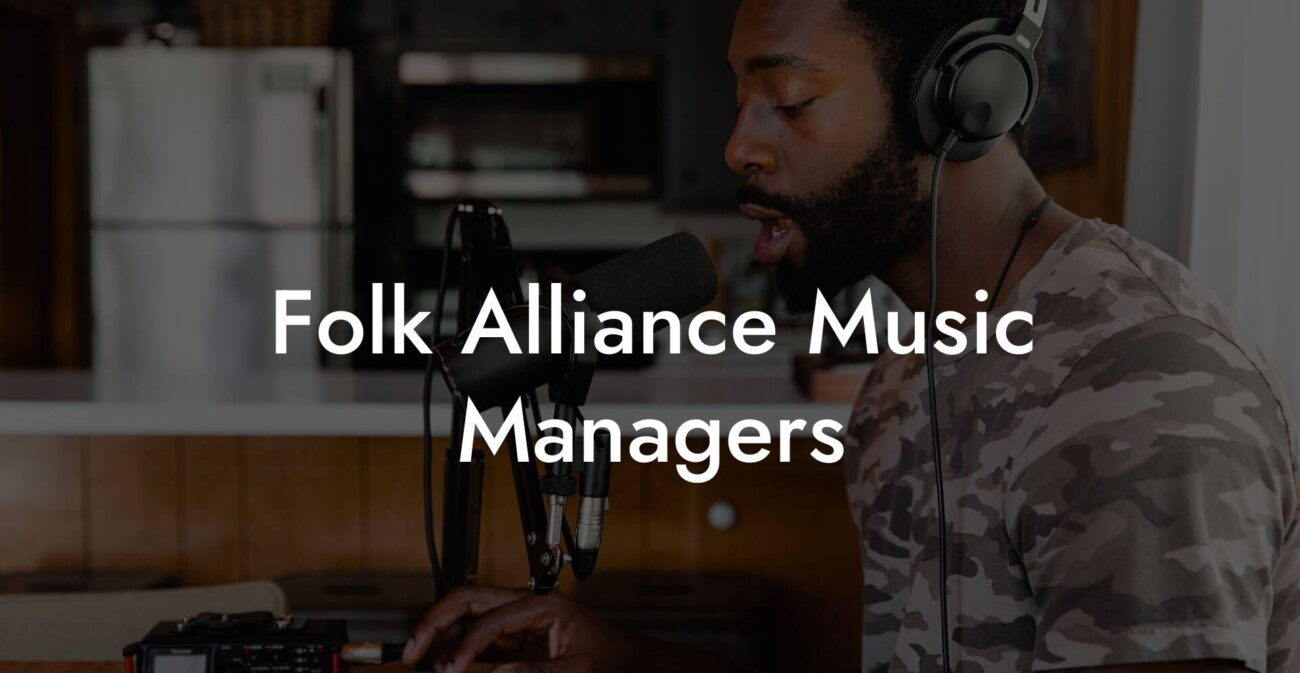Songwriting Advice
How To Make Tune For A Song
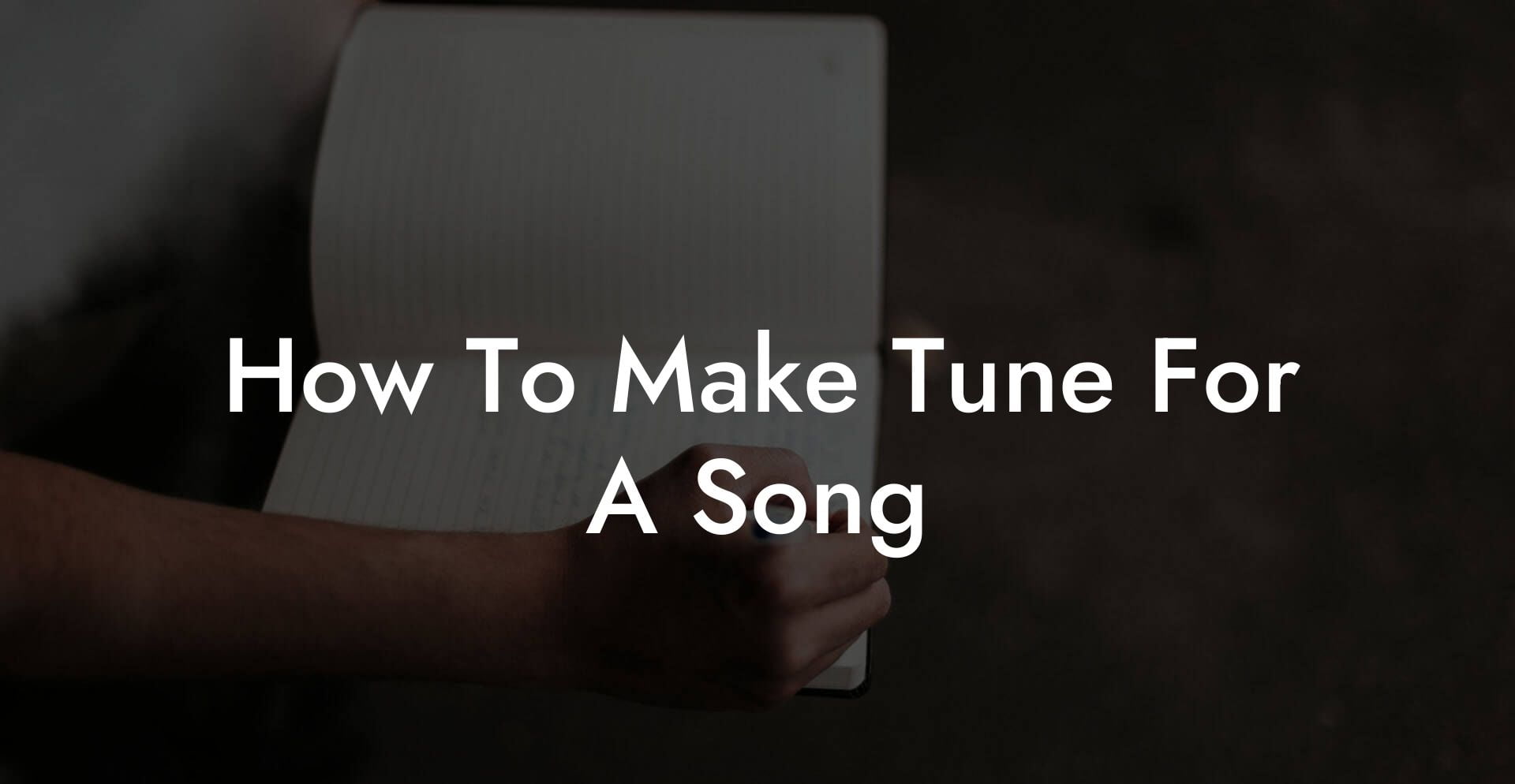
So you want a tune that people sing in the shower and hum while scrolling through their exes profile. Good. This guide will show you how to make a tune that actually works for a song. We will be practical, a little savage, and endlessly helpful. Expect workflows you can steal, exercises you can do between coffee and a panic, and real life examples that sound like your life if your life had a soundtrack.
Quick Interruption: Ever wondered how huge artists end up fighting for their own songs? The answer is in the fine print. Learn the lines that protect you. Own your masters. Keep royalties. Keep playing shows without moving back in with Mom. Find out more →
Quick Interruption: Ever wondered how huge artists end up fighting for their own songs? The answer is in the fine print. Learn the lines that protect you. Own your masters. Keep royalties. Keep playing shows without moving back in with Mom. Find out more →
Quick Links to Useful Sections
- What Is A Tune
- Why Tunes Fail
- Core Principles For Making A Great Tune
- Workflow Options
- Workflow A: Melody First
- Workflow B: Chord First
- Workflow C: Beat First
- Workflow D: Lyric First
- Melody Building Blocks
- Motif
- Contour
- Range
- Intervals
- Rhythmic phrasing
- Cadence
- Practical Melody Exercises
- Vowel Pass
- One Note Limitation
- Motif Expansion
- Transcribe and Steal
- A Practical Four Hour Session To Make A Tune
- Prosody And Why It Breaks Your Tune
- Making Your Tune Radio And Playlist Friendly
- Production Tips To Support Your Tune
- Space
- Doubling
- Harmony Stacks
- Instrumental Motif
- Common Melody Problems And How To Fix Them
- Examples You Can Steal And Never Tell
- How To Finish A Tune Without Overworking It
- Advanced Moves For Writers Who Want More
- Countermelody
- Modal color
- Melodic disguise
- Harmonic guide tones
- Songwriting Tools That Help
- FAQ About Making Tunes
- Action Plan You Can Use Today
- Melody Writing FAQ
This article is written for creators who care about craft and also want to have fun making it. You will learn melody building blocks, approachable theory explained in plain English, production tips to make your tune shine, and checks you can run in five minutes to know if your tune is garbage or gold. We will explain acronyms like DAW and MIDI and give scenarios you can use in the studio, on the subway, or in the shower with your phone on record.
What Is A Tune
A tune is a memorable sequence of notes that carries the song. It is what listeners hum later when the chorus is not playing. The tune is not only notes. It is rhythm, phrasing, implied emotion, and the way words land on sound. Think of the tune as a character in the story. It has gestures, moods, and a tiny wardrobe of repeatable moves.
Terms you should know
- Melody A melody is the linear sequence of notes you sing or play. The tune is the memorable identity of that melody.
- Topline Topline means the main vocal melody and lyrics. Songwriters use the word when they write the melody over a beat or instrumental. If you see Topline writer in a song credit it means they wrote the tune and usually the lyrics too.
- Hook A hook is the part of the tune that grabs the ear. It could be a phrase in the chorus or a repeated motif in the intro. Hooks are what people sing on the bus without realizing.
- DAW Stands for digital audio workstation. That is the software you use to record and arrange music. Examples are Ableton Live, Logic Pro, FL Studio. If you have never used one start with a free trial and do not panic.
- MIDI Musical Instrument Digital Interface. This is a protocol and file type that stores notes and control data. If you record a melody on a keyboard it becomes MIDI so you can edit the notes later.
- BPM Beats per minute. This is the tempo of the song. Faster BPMs mean more urgency, lower BPMs feel spacious or moody.
Why Tunes Fail
Before we build a better tune it helps to know why tunes fail. That way you avoid the rookie traps and stop rewriting the chorus five hundred times for no reason.
- No clear gesture The melody wanders with no repeatable hook. Listeners cannot find a handle to latch onto.
- Poor prosody The natural stress of words does not match the strong beats of the music. Lines feel awkward or forced.
- Range crisis The tune lives on notes that are impossible to sing comfortably for most people. If your chorus needs an operatic belt on a first listen you might lose radio play and friends.
- Too many ideas You try to be clever and deliver three emotional messages in one chorus. Keep one promise per section.
- No contrast If verses and chorus sound the same the chorus will not feel like a payoff. Give the listener a lift.
Core Principles For Making A Great Tune
These are the rules that matter. They are simple because they work.
- Make a small repeatable gesture Pick one little melodic motif you can repeat and vary. Repetition is memory fuel.
- Use contrast Make the chorus feel different from the verse by range rhythm and vowel choice.
- Respect prosody Align word stress with strong beats. Speak the line and mark emphatic syllables before you sing it.
- Limit the palette Restrict yourself to a few scale notes for initial drafts. Too many choices slow you down.
- Test on a phone If the melody disappears on a phone speaker it will disappear in noisy environments. Test early and often.
Workflow Options
Different writers start from different places. I will give you four reliable workflows. Pick one and finish a tune in a session. Then try another. Your brain will love the variation and your catalog will grow.
Workflow A: Melody First
This is for singers and humming people. You start with voice only and build the song around the melody.
- Find a tiny motif by humming on a vowel. Record two to three minutes. Use your phone voice memo app.
- Choose the strongest fragment. That becomes your hook and your motif.
- Tap a simple chord every two bars on a piano or guitar. If you do not play, drop a two chord loop in your DAW or play a simple MIDI pad. The idea is to give harmonic context.
- Sing the motif against the chords. Stretch one note on the most emotional word. Make small edits until the phrase feels inevitable.
- Build a verse by shifting the motif slightly so it moves forward. Keep the chorus closer to the original motif so it registers as the payoff.
Real life scenario
You are on the bus and hear a stranger laugh. You hum the laughter rhythm on the way home. You open notes on your phone and record a motif. Later you drop it into your laptop and find it is a chorus. You just wrote a killer hook while trying not to make eye contact. Win.
Workflow B: Chord First
Start with a chord progression and let the harmony suggest a melody. This is great if you love playing guitar or piano.
- Choose a four bar progression. Keep it simple. Example: I IV vi V in pop terms. If that sounds like weird alphabet soup I will explain shortly.
- Loop the progression at a comfortable tempo. Play it for ten minutes and sing nonsense syllables on top. Find a rhythmic pattern that sticks.
- Record your vocal improvisation. Find where you want to sing a long note. That becomes the anchor note for the chorus or title.
- Extract a motif and place it across the chord changes. Check that it hits different chord tones and creates motion.
- Write lyrics that fit the melody. Do not bend the melody to ridiculous words. The melody should welcome the words not fight them.
Acrobat tip
Chord names like I IV vi V are Roman numeral shorthand used in music theory. They indicate scale degrees. If you are in C major I means C major chord, IV means F major chord, vi means A minor chord, and V means G major chord. You do not need to memorize this now but knowing it helps you communicate in a studio.
Workflow C: Beat First
Start with drums and groove. This is the modern pop and hip hop route. The tune then locks into the pocket of the beat.
- Create a drum loop at a tempo you like. 80 to 100 BPM is modern pop mood. 120 to 130 BPM is dance territory. These are not rules only preferences.
- Hum over the groove and mark the places where your voice wants to stop or breathe. Those are phrase points.
- Find a melodic rhythmic groove that complements the percussion. Think of the melody as another rhythmic instrument.
- Layer chords or a bass line after you have the vocal groove. The harmonic choices narrow your melodic options and create direction.
Real life scenario
You are in a studio session and the producer keeps looping a weird clack pattern you did not plan to like. You hum along and discover a five note motif that fits perfectly with the snare. The beat made the tune. Coffee and ego intact.
Workflow D: Lyric First
Sometimes a line hits you. You have a title or a phrase. Build the tune around the words.
- Pick one short sentence that states the emotional promise. Keep it under eight words.
- Speak the line naturally and mark the stressed syllable. That is where the melody should land on a strong beat or a long note.
- Sing variations of the line on different pitches until one feels inevitable. Use a simple chord under it to guide the pitch choices.
- Wrap the chorus by repeating the line with a small melodic tweak on the last repeat for a twist.
Side note
Titles are often the best place to start. If your title can be shouted back by a crowd it probably works as a chorus line.
Melody Building Blocks
These are the techniques you will use to shape the tune. Think of them as Lego pieces not laws carved in stone.
Motif
A motif is a short sequence of notes that recurs. Good motifs are simple and adaptable. Use motif development by repeating it, then varying one note or rhythmic value. That small variation reads as growth to the listener.
Contour
Contour means the line of the melody going up and down. A common and pleasing contour is rise then fall like a wave. A chorus often starts on a higher contour than the verse. Keep some stepwise motion to make it singable and add one leap for interest.
Range
Range is the distance from the lowest to highest note in your melody. Aim for a range most singers can handle. For pop songs a comfortable range is about an octave plus a tone. If you need a big belt save it for the final chorus or let another singer take it.
Intervals
Intervals are the distances between notes. Steps are small moves like second intervals. Leaps are bigger moves like fourths and fifths. Use a leap into a headline word for emotional punch then resolve with stepwise motion. If you leap and then leap again without steps the melody can feel unstable.
Rhythmic phrasing
Melody is rhythm at heart. A melody with an interesting rhythm becomes memorable even if the notes are simple. Use syncopation or unexpected rests but do not confuse listeners in the first chorus.
Cadence
Cadence is how a melodic phrase lands. Does it feel resolved or unfinished? End your verse on a cadence that invites the chorus. End your chorus on a cadence that feels like a payoff.
Practical Melody Exercises
Do these exercises for ten minutes a day and you will notice your tunes get stronger fast.
Vowel Pass
Sing on ah oh oo without words over a simple chord loop. Record one three minute take. Mark the moments you want to repeat. Vowels reveal singability and shape.
One Note Limitation
Write a verse using only three notes. This forces rhythm and lyric to carry the interest. Now expand to five notes for the chorus. The contrast will force stronger melodic choices.
Motif Expansion
Make a two note motif. Repeat it three times. On the fourth repeat change the third note and the rhythm slightly. That small change will sound like a melodic destination.
Transcribe and Steal
Pick a favorite song and transcribe the chorus melody. Sing it in a different key. Then use the contour but not the notes to write your own melody. You will learn phrasing and structure this way and not commit plagiarism if you change the details.
A Practical Four Hour Session To Make A Tune
Here is a session plan you can run on a lazy Sunday or on tour between soundcheck and being slightly drunk.
- Warm up voice for five minutes. Hum and sing scales. Nothing fancy.
- Pick a starting workflow. Commit to melody first for this session if you are unsure.
- Record twenty five to thirty vocal improvisations of two minutes each. Keep them raw. Your first idea is often your best friend pretending to be shy.
- Listen back and mark three takes that had a motif. Highlight timestamp of best motif.
- Loop the chord progression and sing the motif against it. Make small edits and find the anchor note for the chorus.
- Write lyrics for the chorus using the tune. Keep one sentence that states the song promise.
- Prototype the verse using the motif at a lower range. Add a pre chorus that climbs into the chorus.
- Make a rough demo with simple drums, bass, and pad. Test on phone speaker. If the tune dies on phone redo the melody or arrangement.
- Send to one trusted collaborator. Ask only one question. Which line stuck with you. That keeps feedback usable.
Prosody And Why It Breaks Your Tune
Prosody is the relationship between words and music. If you ignore it your tune will sound like a karaoke train wreck. Here is a quick check list.
- Speak the line at conversation speed before you sing it.
- Circle stressed syllables. Those need to land on strong beats or long notes.
- If a strong word falls on a weak beat change the melody or the word.
- Prefer open vowels on long notes for singability. Open vowels are ah oh and ay. Closed vowels like ee can be harder to sustain on high notes.
Real life example
Bad prosody: I am going to tell you now. The stress is all over the place and you will fight the rhythm to sing it.
Good prosody: I will tell you now. The natural stress lands on tell and now which can be placed on strong beats. The melody will feel comfortable and conversational.
Making Your Tune Radio And Playlist Friendly
Playlists and radio are not interested in your sixty bar experimental intro. They care about hooks and hooks fast. Here are practical rules for attention economy.
- Hit a strong melodic hook within the first 30 to 45 seconds.
- Keep the chorus hook short enough to be sung in one breath by average listeners.
- Make the chorus title easy to say and repeat. Avoid long multisyllable titles unless they are iconic.
- Use a signature sound in the intro that reappears after the chorus to remind the listener what they are listening to.
Production Tips To Support Your Tune
A great melody needs production that lets it breathe. These are quick, actionable tips.
Space
Leave space where the melody needs to be heard. Reduce competing instruments when the vocal carries the main hook. Silence or a one beat rest can give weight to the first word of your chorus.
Doubling
Double the main line with a slight variation in timing and timbre to thicken the hook. Hard doubles can sound big but can also blur prosody. Use them wisely.
Harmony Stacks
Add supporting harmonies on the chorus to increase impact. Keep harmonies simple and economy focused. A three part stack on the final chorus can feel huge when used sparingly.
Instrumental Motif
Create an instrumental motif that mirrors the vocal hook. It can live in the intro and reenter between chorus repeats to glue the song together.
Common Melody Problems And How To Fix Them
- Melody does not stick Make a smaller motif, repeat it, and vary the ending phrase. Stickiness comes from repetition and small changes.
- Too difficult to sing Lower the melody or flatten leaps. Test by having people with casual singing ability sing it. If strangers cannot carry it you will limit your live show options.
- Verse and chorus are same energy Lower verse range and increase rhythmic width in chorus. Or change vowel shapes to create perceived lift.
- Lyrics sound choppy Rework prosody. Make the lines conversational and place strong words on strong beats.
Examples You Can Steal And Never Tell
Below are short before and after examples. These show how small changes in note and word placement make the tune click.
Before
I will call you at midnight when the city sleeps.
Problems The line is long and the stress lands awkwardly. The melody needed focus.
After
Midnight I will call. The city forgets our names.
Why it works The phrase splits into two short lines. Midnight becomes the anchor word. It is placed on a long note which makes it singable and memorable.
Before
Your eyes remind me of the ocean and I do not know what to say.
After
Your eyes are tide. I drown and learn to float.
Why it works The after line gives a tighter image and shorter phrases. That lets melody pick stronger stressed syllables and creates a hook like phrase.
How To Finish A Tune Without Overworking It
Finishing is the most important skill. Good songs ship. Here is a finish checklist you can use under pressure.
- Does the chorus have a one sentence emotional promise. If not rewrite until it does.
- Does the chorus hook sing clearly on a phone speaker. Test it now.
- Can a non musician hum the chorus after one listen. If they cannot, simplify.
- Do verse lines add new information. If not cut or rewrite.
- Do prosody checks pass. Speak and mark stress. Adjust melody or words.
- Record a rough demo and listen the next day. If it still makes you feel something move on first listen you are close.
Advanced Moves For Writers Who Want More
Once you can reliably write a good tune you can add these advanced moves to stand out.
Countermelody
A countermelody is a second melody that runs at the same time as the main tune. It can add motion and emotional color. Keep it lower in volume so it does not fight the main hook.
Modal color
Borrow a note from a parallel mode to add emotional color. For example switch one chord to major when the rest of the song is minor. The resulting melody note will feel like a small lift. This is a common trick to make a chorus feel unexpectedly brighter.
Melodic disguise
Repeat the motif but hide it inside a countermelody or an instrumental riff. The listener feels recognition without the melody being explicit which can create ear candy moments.
Harmonic guide tones
Anchor important melody notes on chord guide tones. Guide tones are usually the third and seventh of a chord and they tell the ear what the harmony is doing. This is useful when you want the tune to feel grounded even when the arrangement is thin.
Songwriting Tools That Help
Tools can speed the process but they do not replace taste. Here are tools worth learning to use.
- DAW Use a simple digital audio workstation to record ideas and sketch arrangements. Free options exist if you are budget conscious.
- MIDI keyboard If you do not play piano a cheap MIDI controller lets you play and correct notes without needing perfect technique.
- Phone recorder Your emergency songwriter tool. Record everything. Later you will be glad you did.
- Pitch correction tools Use them for demos and to imagine harmonies. Do not rely on them for emotional delivery when the song goes final unless the genre wants it.
FAQ About Making Tunes
Do I need to read music to write a good tune
No. Many great songwriters never read traditional sheet music. Your ear and your ability to sing what you hear matter more. Learn enough theory to explain choices and to communicate with collaborators. Basic scale and chord knowledge is enough to get started.
How long should a melody be
There is no fixed length. The chorus melody should be short enough to be memorable and long enough to say the emotional promise. Most modern pop hooks live between four and eight bars. Focus on clarity and repeatability.
Where should the title go in the tune
Place the title on a strong beat or a long note in the chorus. Repeat it. If the title is a phrase preview it lightly in the pre chorus to build anticipation. Titles that are easy to shout and sing are preferable.
What scale should I use
Major scales sound bright. Minor scales sound darker or moodier. Modes like dorian or mixolydian give character. Start in major or minor and only use modes when you know the emotional color you want. Modes are not better by default. They are tools for nuance.
How do I collaborate on a tune remotely
Record your best demo and export stems or a simple MP3. Send a short note about what you want to achieve. Use cloud storage. Keep versions clear. If you use MIDI label your parts. Communicate one focused idea per message. Chaos kills melodies.
Action Plan You Can Use Today
- Pick a workflow from above. If unsure choose Melody First.
- Warm up voice for five minutes and record three two minute takes on your phone.
- Pick the best motif. Place it on a two chord loop in your DAW or on guitar.
- Sing variations and find the anchor note for the chorus. Mark the stressed syllable for your title.
- Write a one sentence chorus promise and place it on the strongest melodic moment.
- Draft a verse using motif material at a lower range and add a pre chorus that climbs.
- Make a quick demo and test it on a phone. If the hook disappears edit for clarity.
Melody Writing FAQ
How do I make a melody memorable
Use repetition and small variation. Give the melody a short motif that repeats and then add a small change on the final repeat. Use strong stressed words on long notes and place the title on an easy to sing vowel. Test on a phone and with a friend to verify memorability.
How do I write a melody that fits the lyrics
Work with prosody. Speak the lyrics naturally and mark where you naturally place emphasis. Make sure those syllables land on musical strong beats or longer note values. Adjust melody or word order if you need to. The melody should be a friendly home for the lyric not a battle ground.
Can I use non scale notes in a melody
Yes. Non scale notes create tension and color. Use them sparingly so they read as decorated surprises rather than mistakes. Approach non scale notes from chord tones to make them feel intentional.


